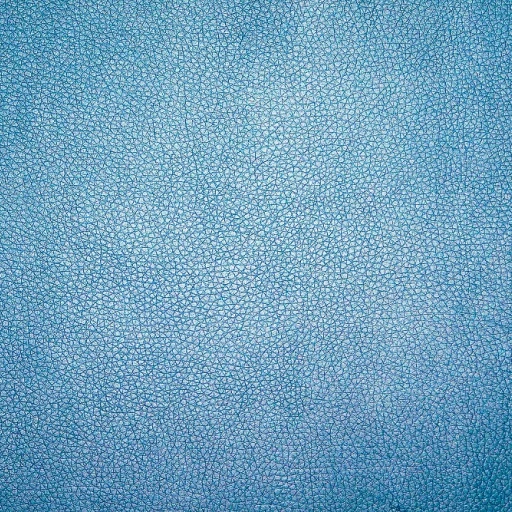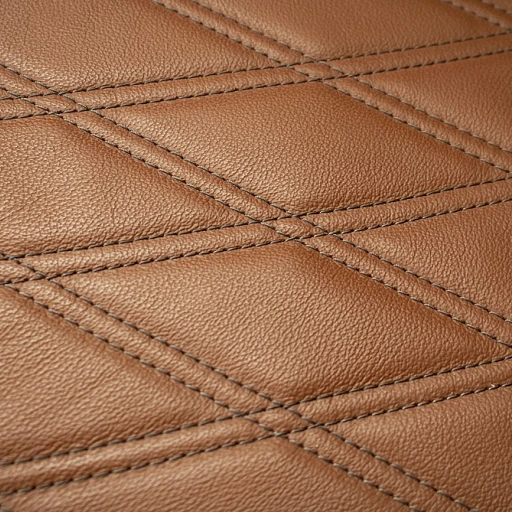The Art of Belting Leather
The Timeless Craft of Belting Leather
In the realm of luxury leather goods, few materials embody the intersection of form and function as seamlessly as belting leather. This exquisite material is renowned for its robust density and rich texture, making it an ideal choice for high-end leather belts and other exclusive items. The meticulous art of crafting belting leather is steeped in tradition, yet continually evolves, reflecting both heritage and innovation.
At the heart of this craft lies the process of vegetable tanning, which imbues the leather with its characteristic qualities. This age-old technique is essential for creating the distinct full grain surface that luxury aficionados so highly prize. Veg tan, with its full-bodied texture, offers an original surface that gracefully ages over time, giving each product a unique, natural patina.
The process begins by selecting the finest quality hides, focusing on integrity and texture across the entire shoulder of the leather. Each piece is subjected to rigorous quality control measures to ensure consistency in grain, color natural, and overall quality, ultimately affecting the unit price and sale value of the finished product.
Each belt blank is meticulously cut and treated to maintain its integrity throughout its life span. Moreover, the manual loading round system used in its production emphasizes precision and attention to every detail. As a result, the leather belting exhibits a steadfast resilience, ensuring that leather belts withstand the test of time, from regular use to occasional wear.
In addition to its durability, leather lovers appreciate the vast array of choices in color and finish, including the ever-popular black, brown, and tan options. Each item's current price reflects not only its tangible characteristics but also the laborious artistry imbued in its creation.
In this ever-evolving landscape, the true mastery of belting leather persists as both an art form and a scientific pursuit, with the potential for future innovations fascinating collectors and connoisseurs alike. For a deeper exploration of similar craftsmanship, you can explore stitching techniques in luxury leather craftsmanship.
Why Belting Leather is Essential in Luxury Goods
The Necessity of Belting Leather in High-End Creations
In the world of luxury leather goods, the essence of belting leather holds a paramount significance that goes beyond just aesthetics. Its robust quality and durability make it an essential component in the crafting of opulent items such as belts, bags, and other accessories. The mastery behind creating each leather belt involves strategic artistry that results in an exquisite product that commands admiration and maintains a steady supply in the market.- Durability and Longevity: Belting leather is known for its full grain quality, often regarded as the highest standard in the leather industry. This type of leather is seldom treated or sanded, preserving the original grain and natural look. Its resilience to wear and tear ensures that luxury goods like a leather belt remain timeless through the years.
- Aesthetic Appeal: The visual allure of belting leather lies in its rich textures and colors, ranging from classic black and brown to the intriguing tan and color natural. The unique shades and hues are not just marks of quality but reflect the character of the leather itself, exuding an authentic luxury feel.
- Demand in the Luxury Market: As consumers increasingly seek quality and exclusivity, the demand for items crafted from veg-tanned and vegetable-tanned leather is on the rise. Offering free shipping and competitive sale prices on high-quality belting leather goods at a regular price improves accessibility, broadening the reach amongst connoisseurs of fine leather.
- Market Price Influence: The current price dynamics within the leather goods sector are largely influenced by the availability and craftsmanship associated with belting leather. From the unit price of leather belts to the sale price of bespoke shoulder bags, the intricacies of leather belting play a key role in the financial aspects of luxury leather goods.
Selecting the Finest Belting Leather
Choosing the Best Quality: What to Look For
When selecting belting leather for luxury leather goods, it is essential to prioritize quality and craftsmanship. The type of leather used significantly impacts the longevity and appeal of items such as leather belts and accessories. Here are key considerations when choosing the finest belting leather for your collection.- Type of Leather: Full grain leather is highly sought after in the luxury market. It retains the original grain of the hide, offering unparalleled durability and an authentic look that only improves over time. Alternatively, vegetable tanned leather, known for its natural color variations, offers a unique aesthetic that matures gracefully.
- Color and Finish: The choice between classic black, brown, tan, or natural colors should align with personal style and wardrobe needs. Leather that is free of blemishes and has a consistent finish indicates high quality.
- Grain and Texture: Pay attention to the leather belting texture. A smooth, even grain suggests a carefully processed leather, which is crucial for creating sophisticated belts and shoulder bags. Inspect closely for any imperfections or inconsistencies.
- Environmental Processing: Opt for leather processed with eco-friendly methods, such as vegetable tanning, which avoids harmful chemicals. This not only supports sustainability but also enhances the natural beauty of the leather.
- Unit and Shipping Considerations: Be aware of the unit measure and unit price when purchasing in bulk. Many sellers offer free shipping on orders of a certain quantity unit, impacting the total sale price and value of the investment.
Challenges in the Production of Belting Leather
Overcoming Hurdles in Crafting Quality Belting Leather
The process of producing high-quality belting leather is fraught with obstacles, each demanding precision and dedication to maintain the luxury standards expected by consumers. From the selection of raw materials to the intricacies involved in crafting a finished leather belt, challenges abound, shaping the art form explored earlier in the series. One major challenge is sourcing full grain and veg tanned leather that meets the stringent requirements for luxury goods. Quality leather must be free of imperfections and processed carefully to retain its natural grain, which imparts the leather's resilience and aesthetic appeal. The use of vegetable-tanned leather is favored for its eco-friendliness and the unique patina it develops over time. However, the process is more time-consuming and requires skilled artisans who understand the nuances of the craft. The consistent unit measure of leather is crucial for ensuring each belt blank meets the standard measurements for sale. This precision directly impacts the unit price and, consequently, the sale price of the final product. Attaining accurate measurements involves careful loading and handling, which can be labor-intensive and prone to missteps if not conducted with a practiced hand. Moreover, maintaining the original color palette, such as black, brown, tan, and natural hues, without compromising on quality presents another layer of difficulty. Each color must be monitored to ensure it fully adheres to the leather without altering its natural characteristics, emphasizing the importance of precision in the production process. For those involved in crafting leather goods, the challenge extends beyond the production line to encompass the logistics of shipping orders with free shipping offers, while balancing the current price with regular price demands. The process of crafting a leather belting product isn't just a skill—it is an enduring commitment to excellence that demands overcoming a myriad of challenges that stand between raw leather and a polished, refined item ready for sale.Caring for Your Belting Leather Goods
Preserving the Beauty of Your Leather Belting
Investing in luxury leather belts crafted from high-quality belting leather demands an understanding of proper care to ensure these exquisite items retain their original allure. Whether it’s a full grain, veg tan, or vegetable tanned belt, attention to detail in maintenance will preserve its natural beauty and prolong its life.
Before diving into care specifics, it's crucial to remember that the type and color of the leather, be it black, brown, or tan, will dictate the care approach. The leather's grain and treatment also play a significant role; hence, understanding your leather’s characteristics is a fundamental step.
- Regular Cleaning: Dust and dirt are inevitable, but cleaning these residues regularly is essential to maintain the leather’s quality. Using a soft, dry cloth to gently wipe down the belt can prevent ingrained dirt and preserve the leather’s natural finish.
- Conditioning: To avoid your leather drying out, applying a suitable leather conditioner is paramount. This step helps in preserving the leather’s flexibility and shine, much like the tender care given to other luxury leather goods.
- Proper Storage: Storing your belts carefully will prevent unnecessary wear and tear. Ideally, leather items should be kept in a cool, dry area, away from direct sunlight, which might cause fading and damage to the belt color.
- Avoiding Excessive Moisture: Water can harm leather, leading to spots or salt stains. If your belt does get wet, gently pat it with a dry cloth and allow it to dry naturally, avoiding direct heat sources.
It's worth noting that certain leathers, like veg tanned belts, may develop a patina over time, adding to their character. This natural aging process can be quite desirable in luxury circles, adding to the item’s uniqueness.
The reality is, taking care of your belting leather goods not only protects your investment but also maintains the item’s appeal for possible sale in the future. A well-cared-for leather belt will always command a higher sale price and attract interest from discerning buyers.
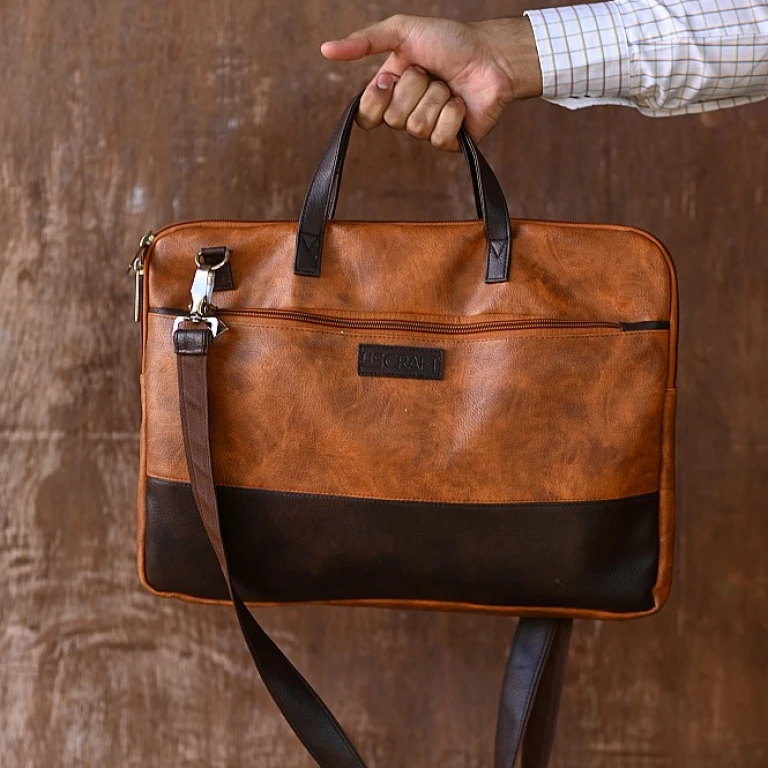
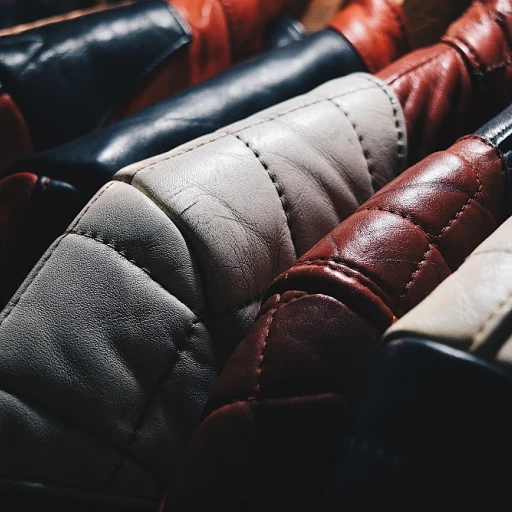
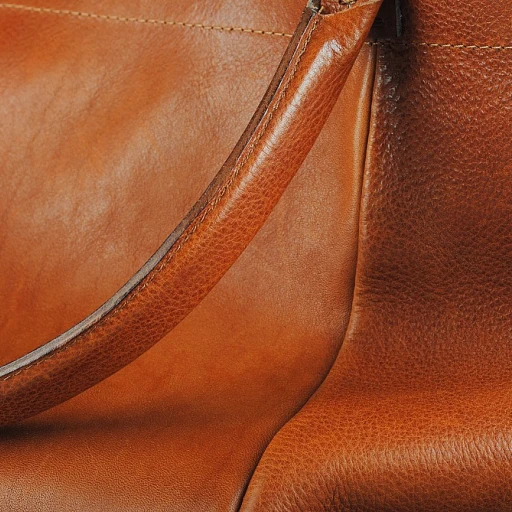
-large-teaser.webp)
